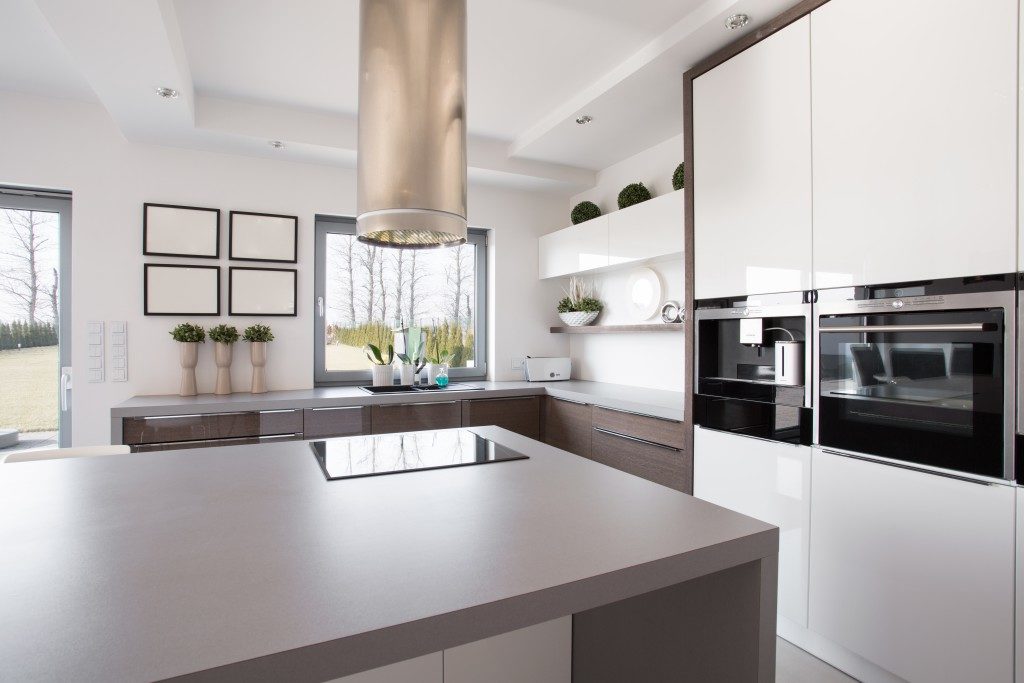- Insomnia, which affects 18% of US adults, is significantly influenced by home interior design.
- Bright colors, clutter, loud wallpapers, harsh lighting, and disruptive sounds can exacerbate insomnia.
- Cool, muted colors, minimalist design, and quiet environments can help promote better sleep.
- Improvements such as choosing the right furniture, selective decorations, soft lighting, and natural materials can enhance sleep quality.
- Controlling home design can help mitigate insomnia, leading to better sleep and improved overall health.
A good night’s sleep is important for your physical and mental well-being. But did you know that your home’s interior design plays a crucial role in determining the quality and quantity of your sleep? That’s right! Your home’s décor can either promote relaxation or trigger anxiety, both of which can have a serious impact on your sleep. Here’s what you need to know about insomnia, how your home design can contribute, and how to deal with it.
Insomnia in The U.S.
It’s estimated that 18% of adults in the United States suffer from insomnia, with around 14% reporting symptoms that last at least a few days a week. Insomnia is defined as difficulty falling or staying asleep, and it can have many causes, including stress, anxiety, medical conditions, medications, and certain lifestyle habits.
A common sleep disorder can significantly affect one’s overall health and well-being. Some consequences of chronic insomnia include fatigue, irritability, difficulty concentrating, and an increased risk of developing serious health conditions like obesity, heart disease, and diabetes.
The Role of Home Design in Insomnia
Your home’s interior design has a direct impact on your sleep quality. Here’s how home design can affect your insomnia:
1. Bright Colors
Bright, bold colors might look appealing in magazines or social media feeds, but they can be jarring when you’re trying to fall asleep. Studies have shown that bright colors can increase your heart rate and blood pressure, making it hard to relax and fall asleep. Instead, opt for cool, muted colors like blues, greens, and grays, which have a calming effect on your mind and body. You can also experiment with different textures and patterns to add visual interest without overstimulating your senses.

2. Clutter
A cluttered bedroom can lead to a cluttered mind and prevent you from getting the restful sleep you need. It can also lead to stress over time. If you have piles of clothes, books, and gadgets, your brain will be constantly reminded of unfinished tasks and distractions. To combat this, try to create a minimalist bedroom environment with plenty of storage options for your belongings. Make your bed every morning, and avoid bringing work-related items into your sleeping space. The less clutter you have in your bedroom, the more relaxed and refreshed you’ll feel in the morning.
3. Loud Wallpapers
If you have funky, loud wallpaper in your bedroom, it’s time to change. Like bold colors, busy patterns and designs can be overwhelming and distracting when trying to wind down. Opt for simple, soothing wallpaper or paint that doesn’t scream for attention. Neutral shades of beige, white, and cream are always a safe bet, but you can also experiment with pastels or soft, earthy tones that evoke a sense of tranquility. Remember, your bedroom is a relaxing sanctuary, so keep it simple and uncluttered.
4. Harsh Lighting
Harsh, fluorescent lighting can wreak havoc on your sleep cycle and make it harder to fall asleep at night. Your body needs darkness to secrete melatonin, the hormone that helps regulate your sleep-wake cycle. Exposure to bright, artificial light before bedtime disrupts this process and confuses your body’s internal clock.
5. Disruptive Sounds
Last but not least, disruptive sounds can majorly contribute to insomnia and poor sleep quality. Investing in noise-canceling headphones or white noise machines is a good idea if you live in a noisy neighborhood or have loud roommates.
Remodeling Your Home For Better Sleep
Thankfully, you can improve your home’s design and create a sleep-friendly environment. Here are some tips:

The Right Kind of Furniture
It’s essential to have the right kind of furniture for your bedroom. A robust bedroom furniture set will complete your bedroom design while providing a comfortable and supportive environment for your rest. A sturdy bed with a quality mattress is essential, along with functional nightstands and dressers that keep clutter at bay.
Selective Decorations
When it comes to decorating your bedroom, less is more. Instead of cramming shelves and tabletops with trinkets and souvenirs, choose a few key pieces that bring you joy and promote relaxation. Consider incorporating plants into your décor as they can improve air quality and create a peaceful atmosphere.
Soft Lighting
As mentioned earlier, harsh lighting should be avoided in the bedroom. Instead, opt for soft, warm lighting that mimics natural light and promotes relaxation. Table lamps or dimmer switches are great options for creating a cozy and calming atmosphere.
Natural Materials
When choosing materials for your bedroom, try to stick with natural options like wood, cotton, and linen. These materials add warmth and texture to your space and have calming effects on the mind and body.
Your home’s interior design significantly influences your sleep quality and overall well-being. By making mindful choices about colors and materials, you can transform your bedroom into a calming sanctuary that promotes restful and rejuvenating sleep. Remember, insomnia isn’t something you have to live with indefinitely – by taking control of your home design, you can take a major stride toward better sleep and improved health.



